Posted on 7/26/2022
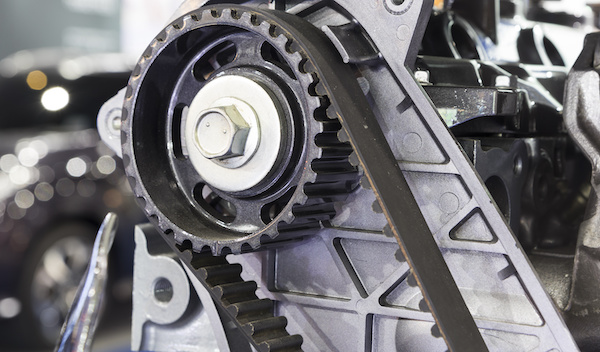
A timing belt is a crucial part of a car's engine, responsible for making sure the pistons and valves operate in harmony. Over time, it will inevitably wear out and need to be replaced - but how often does this need to happen? General guidelines Luckily, there are some general guidelines you can follow. Most carmakers recommend replacing your timing belt every 60,000 to 105,000 miles, although this varies depending on the make and model of your vehicle. For example, Honda recommends replacement at 60,000 miles for most of its vehicles from 2001 or later, while Toyota generally recommends 90,000 miles. You should always check your owner's manual for a specific recommendation for your car. In addition to mileage, there are a few other factors that can affect how often you need to replace your timing belt. If you frequently drive in stop-and-go traffic or in extreme hot or cold weather conditions, your timing belt may wear out more quickly. Additionally, if you regularly tow he ... read more
Posted on 6/28/2022

The 4th of July is a well-loved, celebrated day here in the United States. It is full of traditions, including BBQs, pool parties, good food, and fireworks. While you’re celebrating with your loved ones this holiday, we want you to be safe. While you fire up the grill or take a drive to the fireworks show, make sure you follow some of our helpful tips below: Driving Tips Independence Day is the most dangerous day to drive in the US. A large deal of it is due to drinking and driving accidents. Therefore, please remember to never drink and drive. If you do plan to celebrate the holiday with several drinks, have a backup plan to get home. If you’re planning to take a trip out of town for the weekend, make sure to plan ahead. The busiest travel times are around 3-8 PM, so get out early if you can. Make sure you pack an emergency kit with you to include the essentials, like jumper cables, first aid kit, spare tire kit, and more. At Pete’s ... read more
Posted on 5/26/2022

Preparing your car to make sure it can handle all weather conditions is required for every vehicle. Each weather condition or change in the atmosphere has its effects on a car. Not preparing or tuning your car to adapt to the new weather conditions may it be winter or summer could cause wear and tear on some parts of your vehicle. During summer you experience hot days and warm nights which have effects on your vehicle. The engine works extra hard during summer and other parts like the tire and air conditioning also are affected by the heat which takes a toll on them. Having in mind that the hot weather affects some parts of the vehicle, here are some of the things that you need to check to prepare your car for summer; Too much heat expands the air pressure in your tires. This could result in the tires being over-inflated and the tires could blow out or excessively wear. Always maintain the pressure at the recommended psi. Change your oil and oil filter The oil keeps your engine pa ... read more
Posted on 4/27/2022
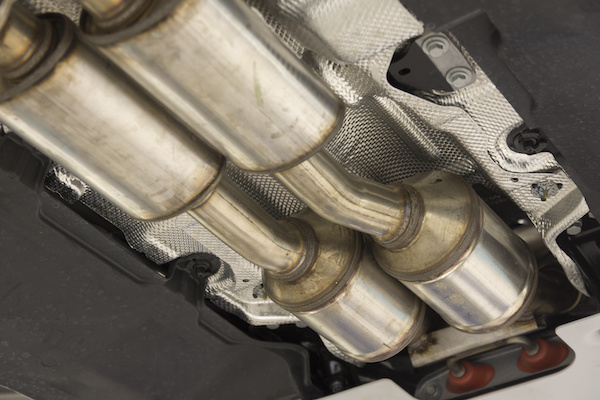
A catalytic converter is an emissions control device that helps convert pollutants in exhaust gas from an internal combustion engine into less harmful compounds. The converters work by using a catalyst, often platinum or palladium, to speed up a chemical reaction. Here are some of the most common symptoms of a bad catalytic converter: 1. Reduced Engine Power If your catalytic converter is starting to go bad, you may notice a decrease in engine power. This is because the catalytic converter is responsible for converting pollutants into less harmful compounds, and a clogged or damaged converter can't do its job as effectively. As a result, your engine has to work harder to produce the same amount of power, which can lead to reduced performance. 2. Increased fuel consumption Another symptom of a bad catalytic converter is increased fuel consumption. This is because your engine has to work harder to produce the same amount of power when the converter is damaged. As a result, you ... read more
Posted on 3/28/2022
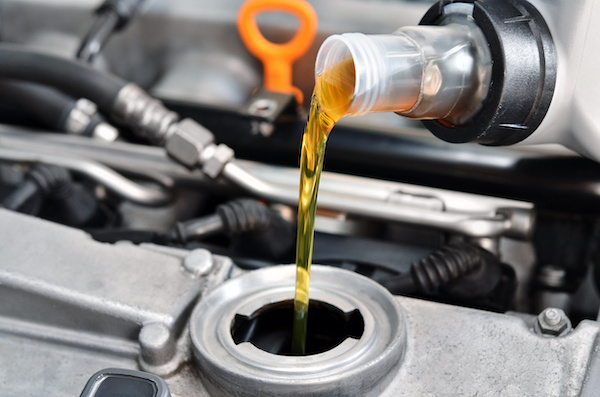
Preventative maintenance is the key to ensuring that your vehicle will last you for years to come. It also helps you avoid major repairs down the road, which will save you lots of time and money in the long run. Your safety is also important, and preventative maintenance is actually a huge factor in preventing accidents and breakdowns on the road. The following services are some key examples of preventative maintenance and a general idea of when they should be completed. However, it is important to always refer to your vehicle's owner's manual for the correct services and intervals that are suited for your vehicle. The oil filter should be changed regularly - every 3,000 to 4,000 miles. All fluids should be checked at least once a year, including brake, power steering, transmission, antifreeze, and windshield wiper solvent. Tires should always be inflated properly. Under-inflated tires can result in a loss of fuel efficiency and puts your tires at risk for a blowout. Most n ... read more
Posted on 2/25/2022
.jpeg)
If there's one thing that many drivers dread, it is having to deal with a dead car battery (and seeing the notorious warning light on their dash). This warning light is usually red, indicating something is wrong with your electrical system. Read on to find out the reasons why this light may come on. Common reasons why the battery light may come on: The vehicle battery is drained or weak. The battery cables are loose. Your battery is leaking acid, and there is too much corrosion on the battery terminals. The alternator is not properly charging the battery. The battery is suffering from manufacturer defects. Car batteries can be complex and unpredictable, especially if you don't regularly test them. One of your electrical system components may slowly start to die off. You may experience a slow-to-start engine, dimming headlights, and malfunctioning electrical accessories. Most of the time, people weaken their battery by accidentally leaving their headlights on or leaving th ... read more
Posted on 1/11/2022

Most people are unaware that the helpful winter driving practices they swear by can actually be wasting your time and/or money. Today, we will go over some popular winter driving tips that may be doing more harm than good. Myth #1: You need to "warm-up" your car before driving. Many drivers get in the habit of idling their vehicle to "warm it up" before driving. Unfortunately, most cars nowadays do not need to go through minutes of idling to get the heat kicking. Instead of leaving your vehicle on for minutes, you only need up to 30 seconds to get the engine going. Additionally, leaving your car running for an extended period can waste money/gas, increase emissions, and be unnecessary for your motor. Myth #2: Leave your tire pressure alone as deflated tires improve traction. Another common misconception is that deflating tires will help your car attain better traction on snowy or icy roads since the tires cover more ground. However, this is a very ... read more
Posted on 12/16/2021
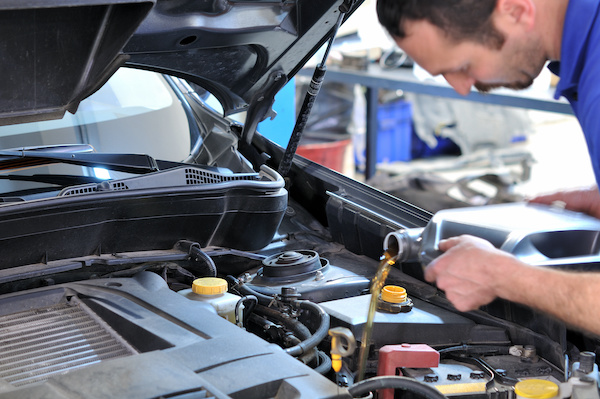
An oil change is a simple service with high importance for every vehicle owner. Oil change services are vital for the overall operation of your car because engine oil supports engine efficiency and performance. Low or dirty oil can ultimately lead to excess heat, corrosion, and metal-to-metal contact damage between different engine parts. Engine repairs can be expensive, so it is best to avoid engine damage as much as possible by staying on top of your oil change schedule. Once you put clean engine oil in your car, it will circulate to lubricate engine parts and regulate heat. It also helps move any dirt or debris through the oil filter to prevent nasty build-up. Some notable signs indicate that your vehicle requires an oil change and filter replacement: The dashboard check engine light or oil light is lit up Your engine makes grinding or knocking sounds You notice dark and dirty oil on the dipstick You smell oil around your vehicle There's dark exhaust sm ... read more
Posted on 11/5/2021
.jpeg)
Besides oil changes, brake inspections and repairs are among the most common services that vehicle owners must get. After all, everyone needs their brakes to be working properly to get them safely from point a to point b! There is definitely more than one part at play when it comes to your brake system. Today, we will be discussing the different parts, especially the pads and rotors. Most vehicles on the road today have disc brake systems as opposed to the traditional drum brake. Disc brakes have three primary parts: caliper, brake pad, and brake rotor. Brake Pads vs. Brake Rotors Brake pads are fastened to the calipers, which are clamp-like parts that close when you apply pressure on the brake pedal. The calipers and pads grab onto the brake rotors, which are the disc-like structures themselves. The rotors are in sync with the wheels, so when the calipers hold onto the rotors, your car will slow down. When to Replace Brake Pads or Rotors Like any other vehic ... read more
Posted on 10/12/2021
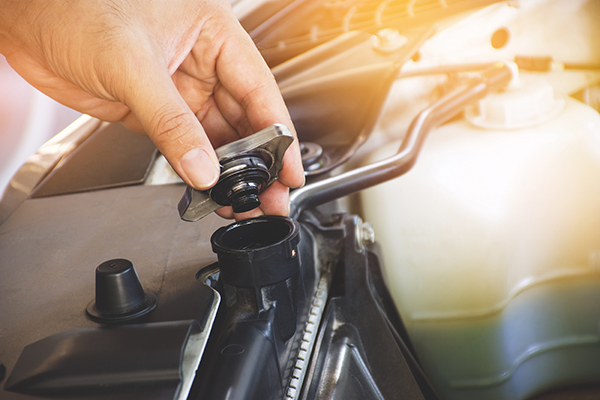
If you weren't aware already, your engine produces an intense amount of heat. Even with your regular oil changes, it can produce enough heat to destroy itself, which is why it heavily relies on coolant. Without replacing and inspecting the cooling system, your engine can wreak havoc and break down. A radiator flush from Pete's Auto Service can ensure that your cooling system and the engine are in the best possible condition year-round. The coolant system is comprised of many parts, including the head gaskets, water pump, heater core, head gaskets, radiator, and heater control valve. These pieces ensure the delivery of the antifreeze mixture (coolant) to the engine to help remove excess heat. The coolant is circulated through the engine through the water pump, stretching back to the radiator and heater core to disperse heat. The more you use your coolant, the less effective it becomes. Coolant fluid deteriorates over time, making the system susceptible to rust and corro ... read more